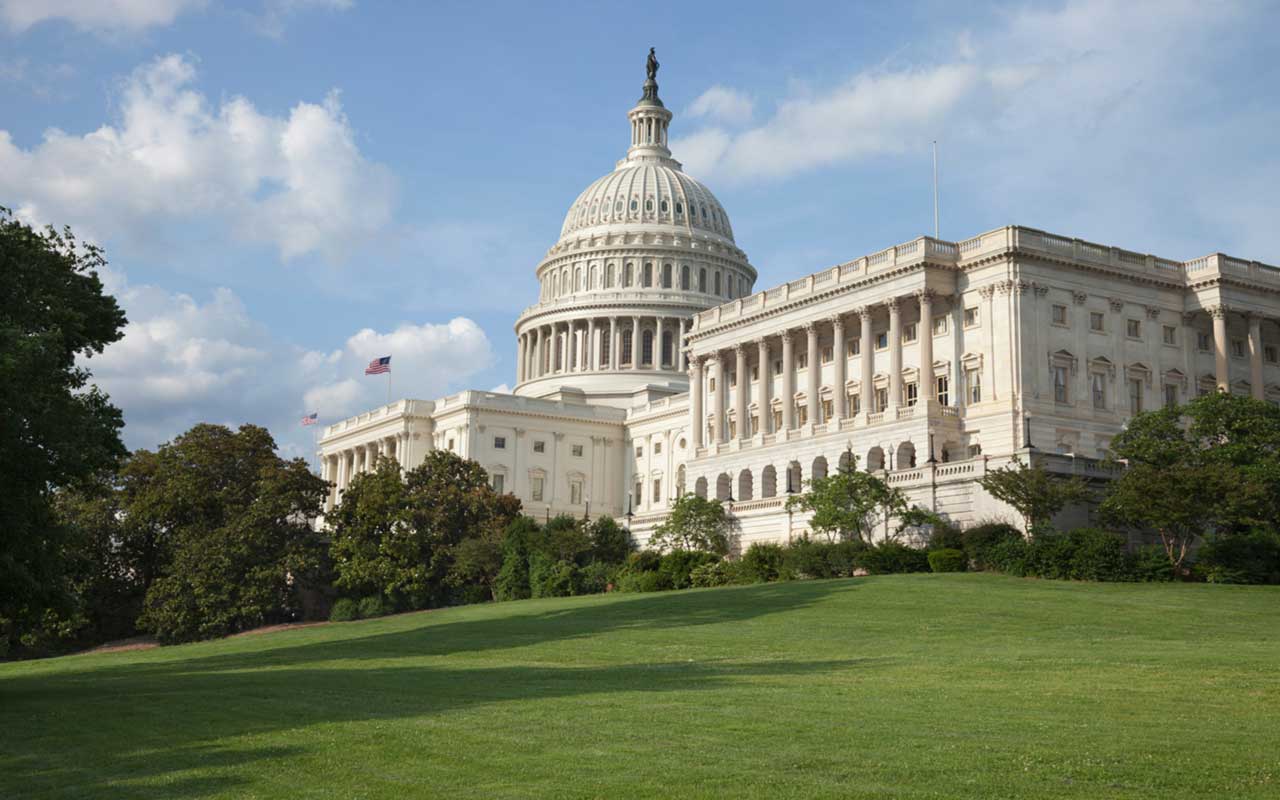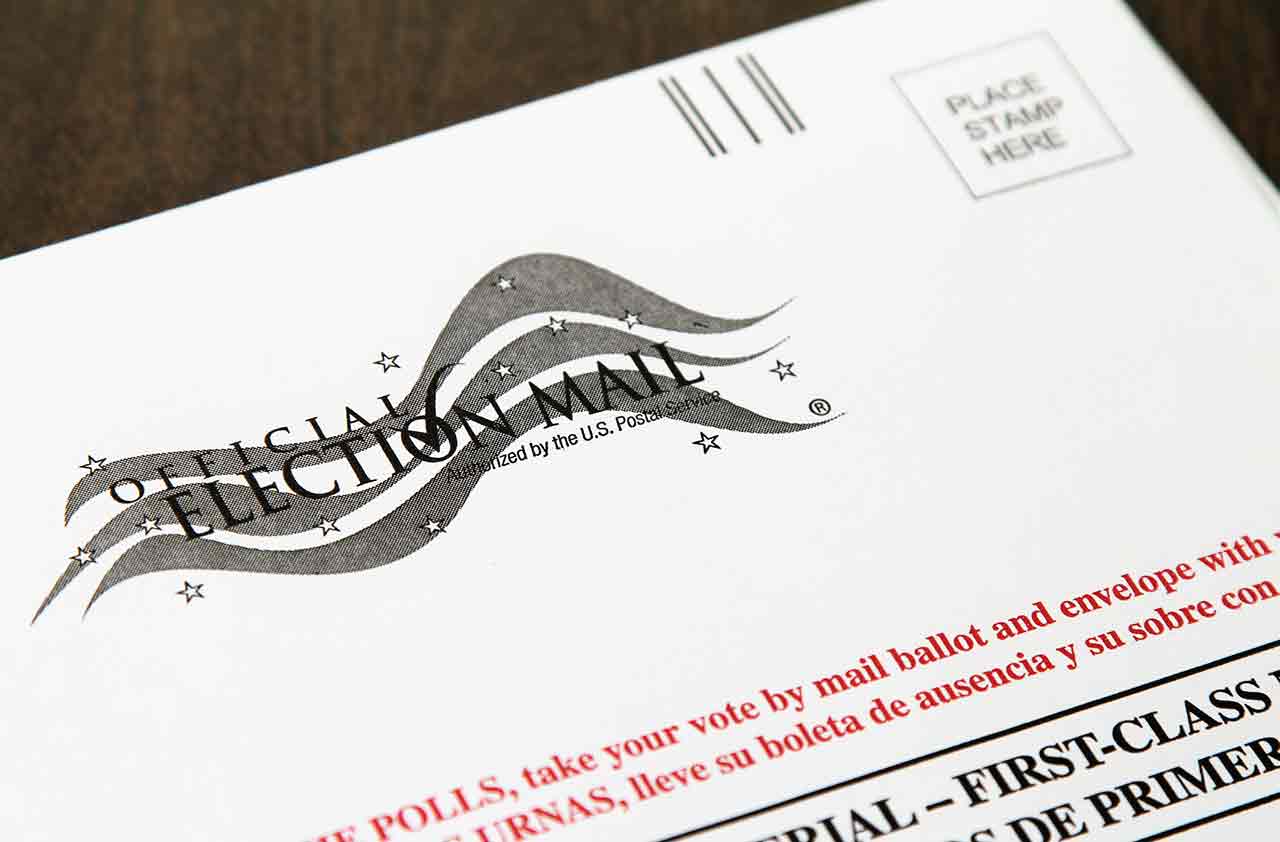Foreign Aid Spending A Flashpoint
That it is so large is another matter, and one that will flame protests in all likelihood.

The upcoming foreign aid bill working its way through Congress this fall will prompt a firestorm of debate about why the U.S. is being so generous with foreign countries while job losses mount back home, the deficit and debt climb, and businesses and families struggle to make ends meet.
There's a $48.8 billion foreign aid measure for fiscal 2010 that Congress will pass and the president will sign this fall. That it will pass is not a question. It won't be unanimous, but the votes will be there for what is considered vital aid to countries like Israel and Egypt.
That it is so large is another matter, and one that will flame protests in all likelihood. The bill is 33% higher than last year's foreign aid appropriation. Even at this high level, it is actually $3 billion below the Obama administration's request.

Sign up for Kiplinger’s Free E-Newsletters
Profit and prosper with the best of expert advice on investing, taxes, retirement, personal finance and more - straight to your e-mail.
Profit and prosper with the best of expert advice - straight to your e-mail.
Among the highlights: $2.7 billion for non-military economic aid for Afghanistan entirely unrelated to the funding for the U.S. military operation and even as U.S. public support is dropping for the military operation, $1.5 billion for Pakistan and $483 million for Iraq.
Also included are $8.2 billion (a $1.2 billion increase) for diplomatic and embassy programs. Some of the funding will be used to hire over 1000 new foreign service officers. There's $1.39 billion for the U.S. Agency for International Development, $5.7 billion for international HIV/AIDS prevention, $1.2 billion to promote clean energy, environmental and climate change work as well as biodiversity and park and wildlife preservation.
These particulars are in addition to the traditional aid to countries such as Israel, Egypt and Jordan, and the support for ongoing UN international peacekeeping missions in places like Haiti, Liberia, Congo and Lebanon.
The annual foreign aid bill will be an easy target for opponents, especially in a weak domestic economy and with a $12 trillion national debt and an annual deficit this year that may be $1.7 trillion.
Rep. Walter P. Jones, R-NC, calls it ''tragically ironic that the U.S. is borrowing money from countries like China to pay for this generous foreign aid...while the country desperately needs more money for national priorities like securing our borders, safeguarding benefits for our veterans and investing in infrastructure.''
We'll be hearing more arguments like that this fall, even though the foreign aid bill is a small part of the budget (about 1%) and has enough support to pass. Many billions in aid will ultimately flow.
It could be a tough question, though, for lawmakers supporting the aid to answer at town halls this fall, even though foriegn aid complaints may give them a momentary break from answering a volley of more health care reform questions.
Get Kiplinger Today newsletter — free
Profit and prosper with the best of Kiplinger's advice on investing, taxes, retirement, personal finance and much more. Delivered daily. Enter your email in the box and click Sign Me Up.

-
 6 Stunning Waterfront Homes for Sale Around the US
6 Stunning Waterfront Homes for Sale Around the USFrom private peninsulas to lakes, bayous and beyond, Kiplinger's "Listed" series brings you another selection of dream homes for sale on the waterfront.
By Charlotte Gorbold Published
-
 Six Reasons to Disinherit Someone and How to Do It
Six Reasons to Disinherit Someone and How to Do ItWhether you're navigating a second marriage, dealing with an estranged relative or leaving your assets to charity, there are reasons to disinherit someone. Here's how.
By Donna LeValley Published
-
 AI Regulation is Looming: Kiplinger Economic Forecasts
AI Regulation is Looming: Kiplinger Economic ForecastsEconomic Forecasts Find out what Washington and regulators have planned for artificial intelligence.
By John Miley Published
-
 The Biden Tax Plan: How the Build Back Better Act Could Affect Your Tax Bill
The Biden Tax Plan: How the Build Back Better Act Could Affect Your Tax BillPolitics Depending on your income, the Build Back Better Act recently passed by the House could boost or cut your future tax bills.
By Rocky Mengle Published
-
 Kiplinger's 2020 Election Forecast
Kiplinger's 2020 Election ForecastPolitics For nearly a century, The Kiplinger Letter has forecasted the outcome of presidential elections to keep readers informed of what's coming and what it means for them. Here's our call for 2020.
By The Kiplinger Washington Editors Published
-
 The 2020 Election and Your Money
The 2020 Election and Your MoneyPolitics We’ve assessed how the presidential candidates’ stances on financial issues will affect your wallet.
By the editors of Kiplinger's Personal Finance Published
-
 5 HEROES Act Provisions with a Good Chance of Becoming Law
5 HEROES Act Provisions with a Good Chance of Becoming LawPolitics The massive federal stimulus bill just passed by the House of Representatives is "dead on arrival" in the Senate. But a few proposals in the bill have enough bipartisan support to eventually become law.
By Rocky Mengle Published
-
 Vote by Mail: A State-by-State Guide to Absentee Ballot Voting
Vote by Mail: A State-by-State Guide to Absentee Ballot VotingPolitics With health authorities recommending people continue to social distance, the idea of voting by mail is becoming an increasingly hot topic.
By Rivan V. Stinson Published
-
 9 Ways COVID-19 Will Change the 2020 Elections
9 Ways COVID-19 Will Change the 2020 ElectionsPolitics The 2020 election will be like no other in history, as the COVID-19 pandemic will upend the business of politics as usual.
By Sean Lengell Published
-
 How to Run for Local Office
How to Run for Local OfficePolitics If you’ve ever thought that you could do a better job than the elected officials currently in office, here’s how to launch a campaign—and win.
By Kaitlin Pitsker Published